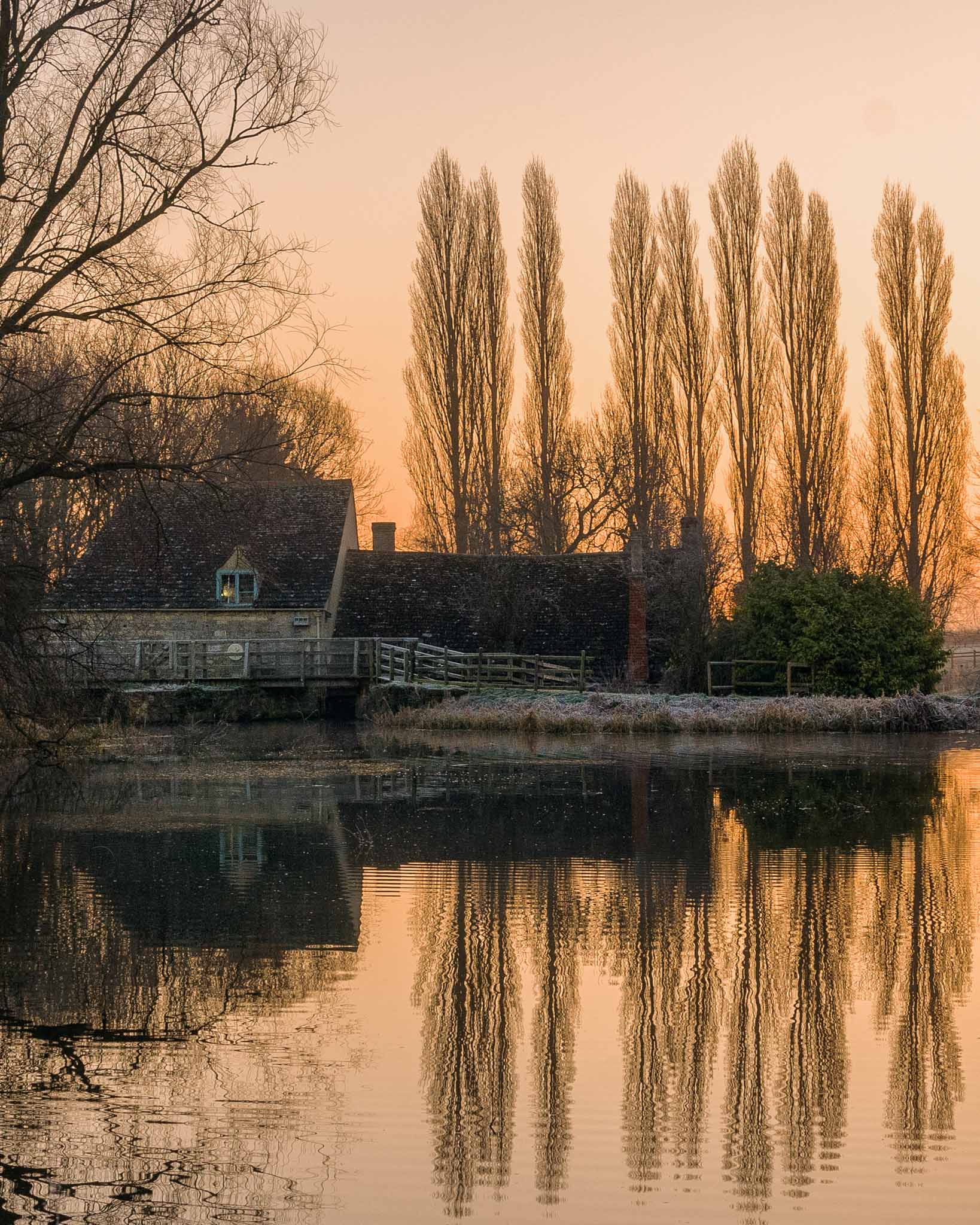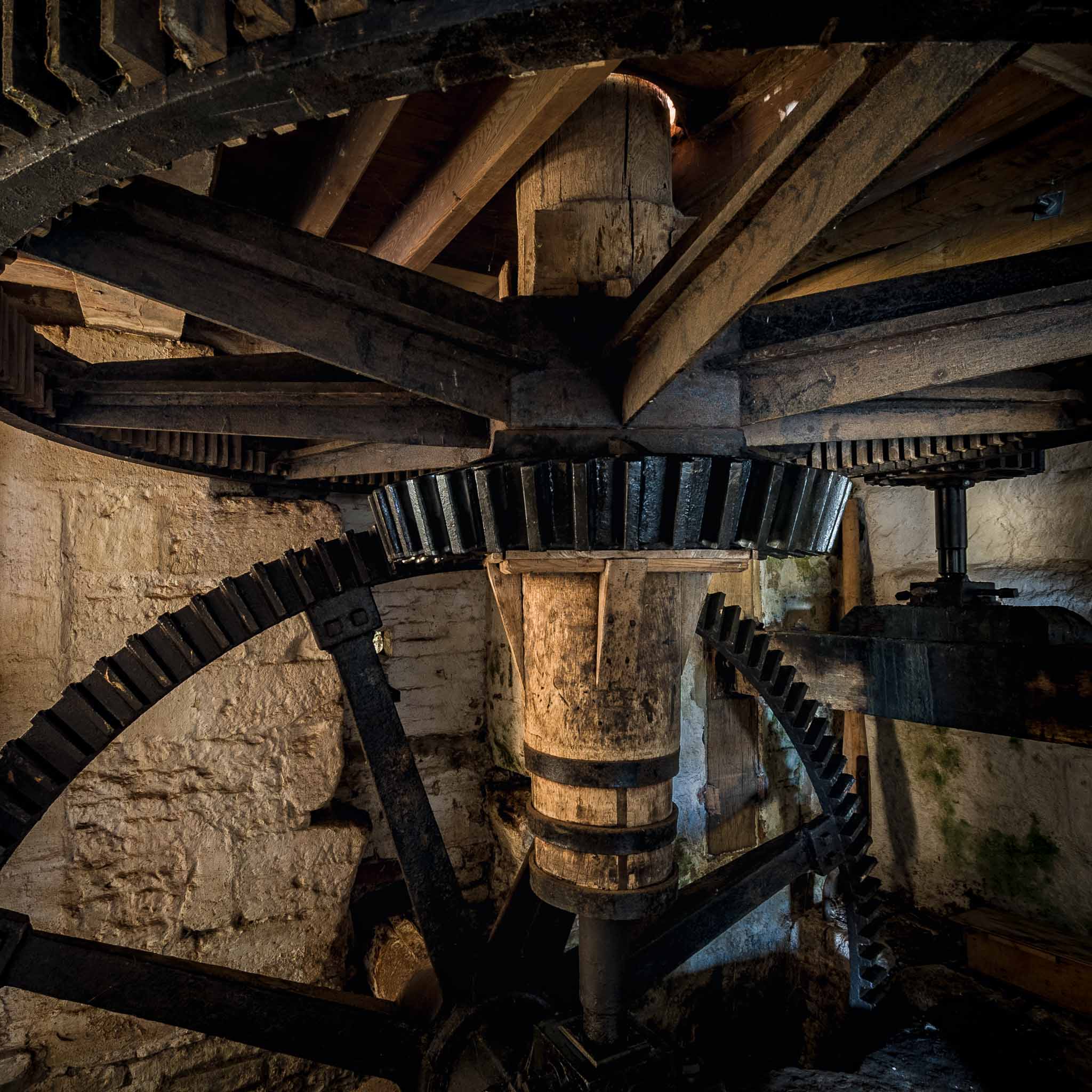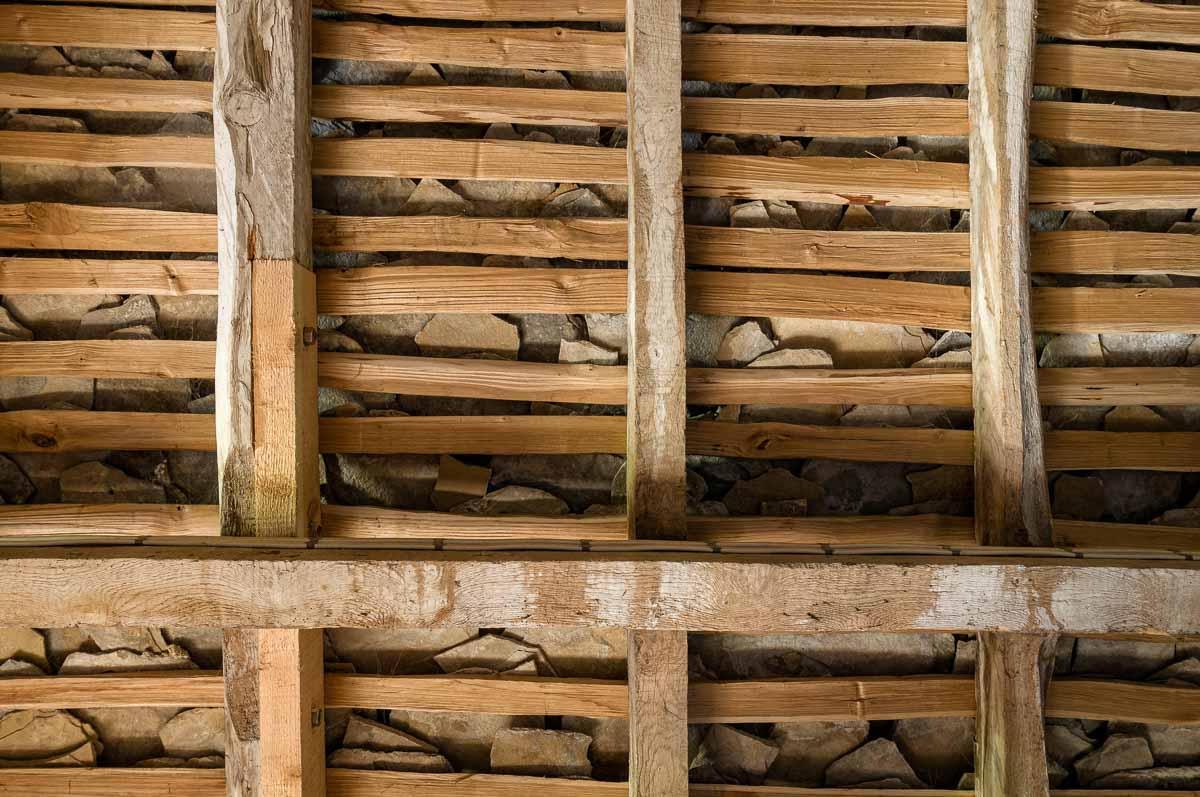This Grade II* listed watermill is located at Sacrewell close to Peterborough in Cambridgeshire. The mill, which prior to restoration was listed on Historic England’s ‘Heritage at Risk’ register, was built in 1755, with the site dating back to Roman times.

Sacrewell itself is an established multi award-winning farm attraction. It has a variety of animals, heritage buildings and displays set in 50-acres which bring to life the history of the farm and enable adults and children to discover the importance of food and farming.
Messenger was hired by the William Scott Abbott Trust to restore and help conserve the watermill, mill pond, mill house, bakery and mill gardens, as well as installing a hydro-electric turbine at the mill.
The 10-month restoration project utilised a £1.4 million grant from the Heritage Lottery Fund (HLF). The whole project cost £1.8 million and was part funded by the Trust.
The project involved restoring and conserving as many of the original features of the mill as possible, recycling and repairing everything from the waterwheel to the Collyweston slate roof (see later).

The back wall of the Mill was completely waterproofed using lime-based render, new electrics were installed throughout the mill house and watermill buildings and the floors and roof were assessed and re-laid, conserving as much of the original fabric as possible.
The team also carried out extensive work at the back of the mill. The stable block underwent damp proof treatment to ensure it was watertight and this area now forms the start of the visitor route.
COLLYWESTON ROOFING
At the time of the project, the restoration at Sacrewell was only the second historic building in the UK to use manufactured Collyweston slates, produced using a commercial freezer unit. The new slates were used to replace missing or broken ones, to ensure the original gauge of the slating was retained. The facility to ‘make to order’ specific size slates to suit the individual requirements of the project helped to protect the historic detail of the building. It also complied with the English Heritage requirement of avoiding the use of re-claimed slates to make up any shortfall when re-roofing. Several hundred of our ‘new’ Collyweston stone slates were expertly fixed alongside the existing Collyweston stone slates to two different roofs at Sacrewell.
Following two years of manufacturing trials with English Heritage and supervised by Dr Jefferson and staff from Sheffield Hallam University, Messenger helped determine the precise process necessary to create ‘new’ Collyweston stone slates using an artificial freezing process.

WATERMILL REFURBISHMENT
The works to the watermill required specialist help. Skilled millwrights were employed to refurbish and reassemble the mill’s wooden, metal and stone segments to full working condition. The millwrights – Neil Medcalf and Steve Boulton – from Traditional Millwrights, based at Farlesthorpe in Lincolnshire were on site for two months.
Prior to the millwrights getting to site, we had to cast reinforced concrete walls to stabilise the building and make repairs to the mill races to help with the flow of water from the mill pond through to the wheel.
The millwrights replaced all of the rotten wood, with carefully selected larch for all of the wheel’s sole boards and buckets, and then stripped and refurbished the metal on the wheel, restoring the gear cupboard and the large millstones.
Sacrewell Mill reopened its doors in Summer 2015. It began grinding wheat once more, introducing visitors to the miller and baker at the mill and using technology to interact with the Land Army Girls who ran the farm during the Second World War.
“We had a few hairy moments during the project when walls moved unexpectedly, but Messenger is very skilled in historic building conservation and their quick-thinking team of architects and conservators saved the project. This work really did take place at just the right time.”
MILL PROJECT OFFICER JANE HARRISON
Gallery of Works
Awards
- Winner of RICS Project of the Year in the East of England 2016.
Project Overview
- Client: William Scott Abbott Trust
- Project Managers: Clarkson Alliance
- Main Contractor: Messenger BCR
- Value: £1m
- Duration: 44 weeks
- Completion: Summer 2015